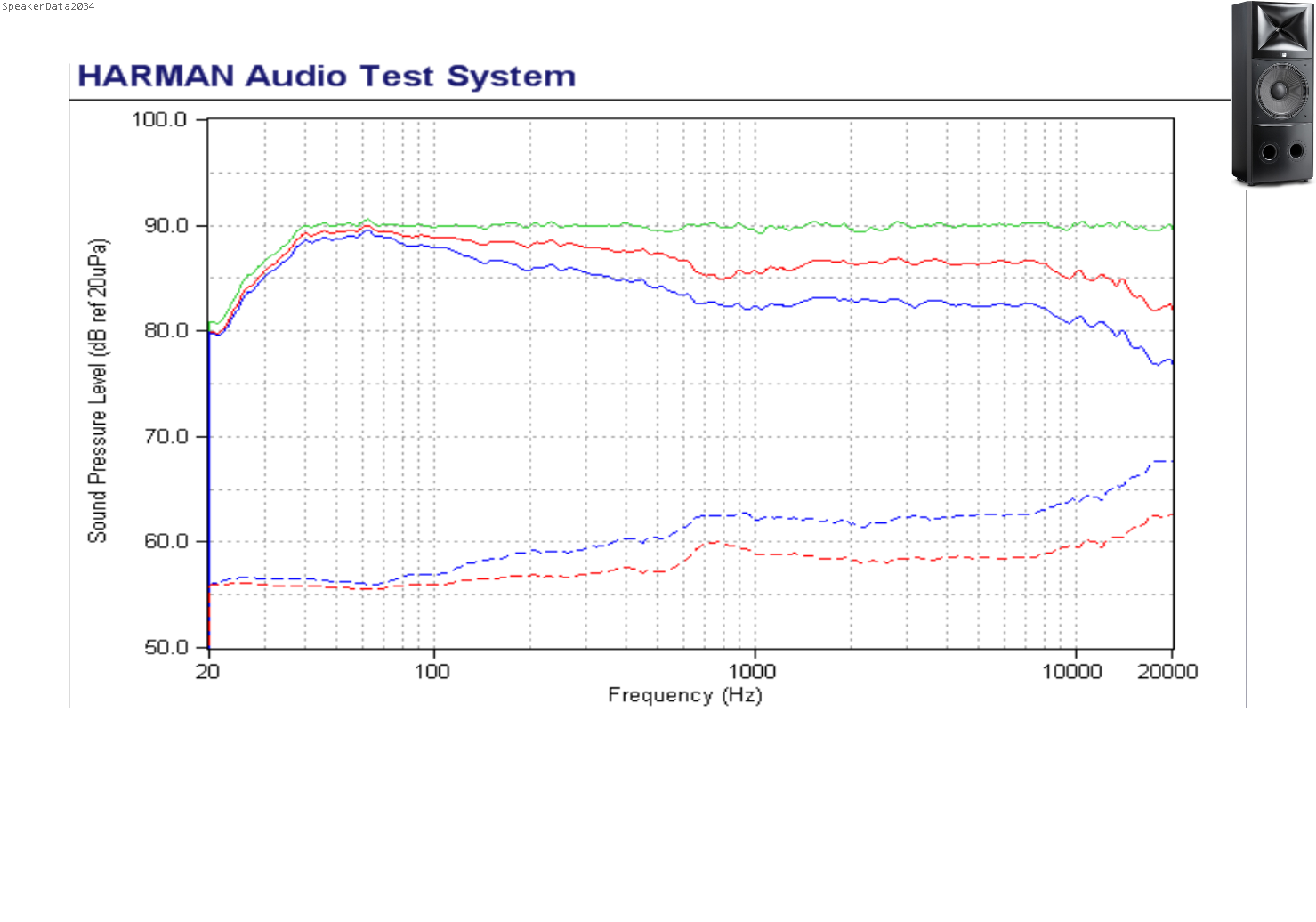The smoothness variable (SM) in Olive's formula includes the 'slope' variable (SL) in its calculation, which he defines as the difference between the 'target slope' (-1.75 for the predicted in-room response i.e. a gentle downward slope) and the actual measured PIR slope. I suspect it's this larger difference from the target slope for the Selah (basically too flat PIR, and so perceptually too bright) compared to the other speakers, which appreciably lowers its smoothness score, as opposed to any significant deviation from the regression line (what we would intuitively call smoothness). So 'smoothness' is a bit of a misnomer here, as it implicitly includes spectral tilt in the form of the slope variable in Olive's definition.
Thanks for reminding me!
Interestingly this is also one part of the Olive score I tend to have more leeway with, because Olive himself says in the paper that the PIR tilt might need to vary with directivity.
Specifically, speakers with wider directivity may require less of a tilt, although it's unclear to what degree. But for example, the target slope for Test one (the one with 13 speakers but more controlled tests) was -2.1 vs -1.75 on the newer one. Of this he says:
The degree of tilt varies among curves for Test One and the larger sample. Test One includes mostly 2-way designs whereas the larger sample includes several 3-way and 4-way designs that tend to have wider dispersion (hence smaller negative target slopes) at mid and high frequencies. This suggests that the ideal target slope may depend on the loudspeaker’s directivity.
Furthermore, Dr Toole's has also said:
Cone/dome loudspeakers tend to show a gently rising directivity index (DI) with frequency, and well designed horn loudspeakers (like the M2) exhibit quite constant DI over their operating frequency range. There is no evidence that either is advantageous - both are highly rated by listeners.
Translating that to the predicted in-room curve, constant directivity speakers tend to be flat rather than sloped downwards in the upper half of their Early Reflections/PIR curve, as can be seen in the M2's spins. They don't have a smooth curve, but this doesn't seem to be a bad thing.
So I think the Olive formula is probably most accurate for speakers with fairly typical radiation patterns. If I were a betting man, I'd be willing to bet that the choice of ideal target curve and reference axis accounts for a decent chunk of the remaining 14 percent of the preference score that isn't accurate. It'd be interesting to see which speakers were the outliers.

